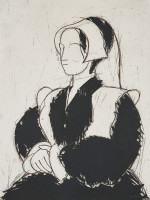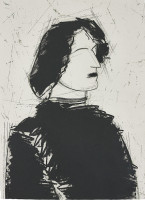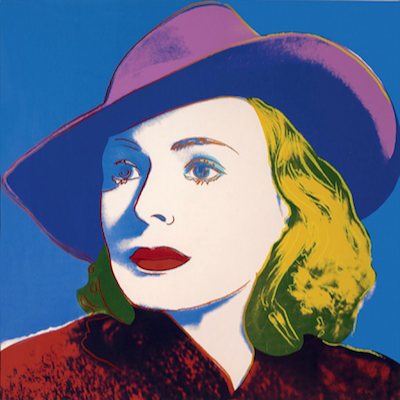
Details
Artist
Styles
Etching, aquatint, collage - Rare limited edition of 50 - Hand signed by the artist
Pamela I, Warhol, 2013
form
Medium
Size
120 x 96 cm
- Inches
- Centimeters
Edition
Price
Details
Artist
Styles
Etching, aquatint, collage - Rare limited edition of 50 - Hand signed by the artist
- Recently Added
- Price (low-high )
- Price (high-low )
- Year (low-high )
- Year (high-low )
Manolo Valdés
Dama Con Sombrero (Pamela I), 2013
Limited Edition Print
Collage
Currently Not Available
Manolo Valdés
Botticelli Como Pretexto III, 1996
Limited Edition Print
Mixed Media
Currently Not Available
What is pop-art?
Pop Art is an art movement that began in Britain in 1955 and in the late 1950s in the U.S. It challenged traditional fine arts by incorporating imagery from popular culture, such as news, advertising, and comic books. Pop Art often isolates and recontextualizes materials, combining them with unrelated elements. The movement is more about the attitudes and ideas that inspired it than the specific art itself. Pop Art is seen as a reaction against the dominant ideas of Abstract Expressionism, bringing everyday consumer culture into the realm of fine art.































